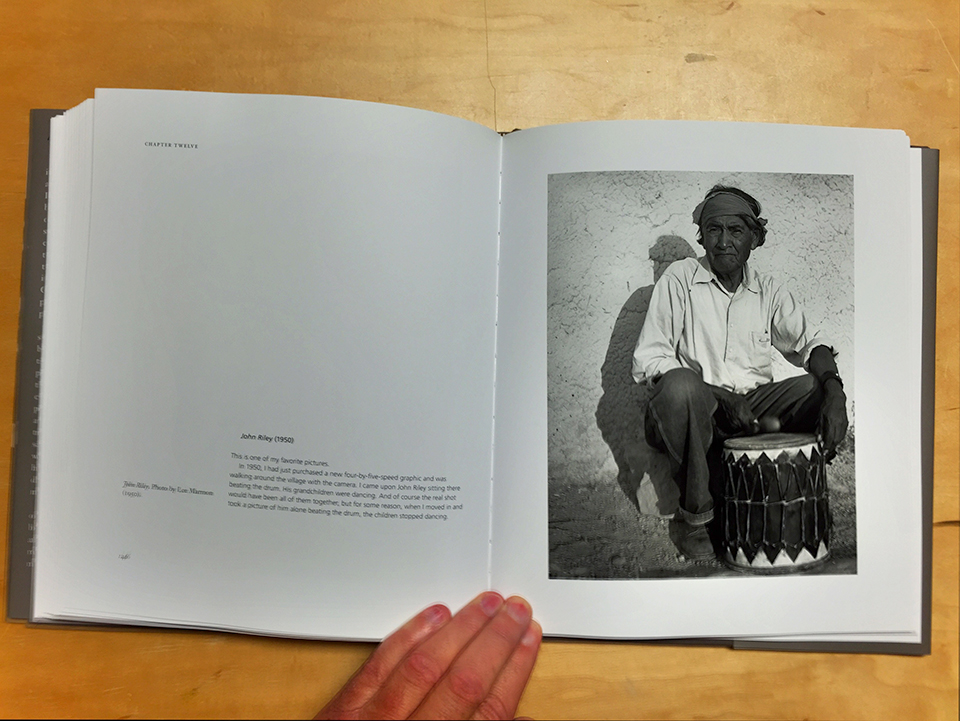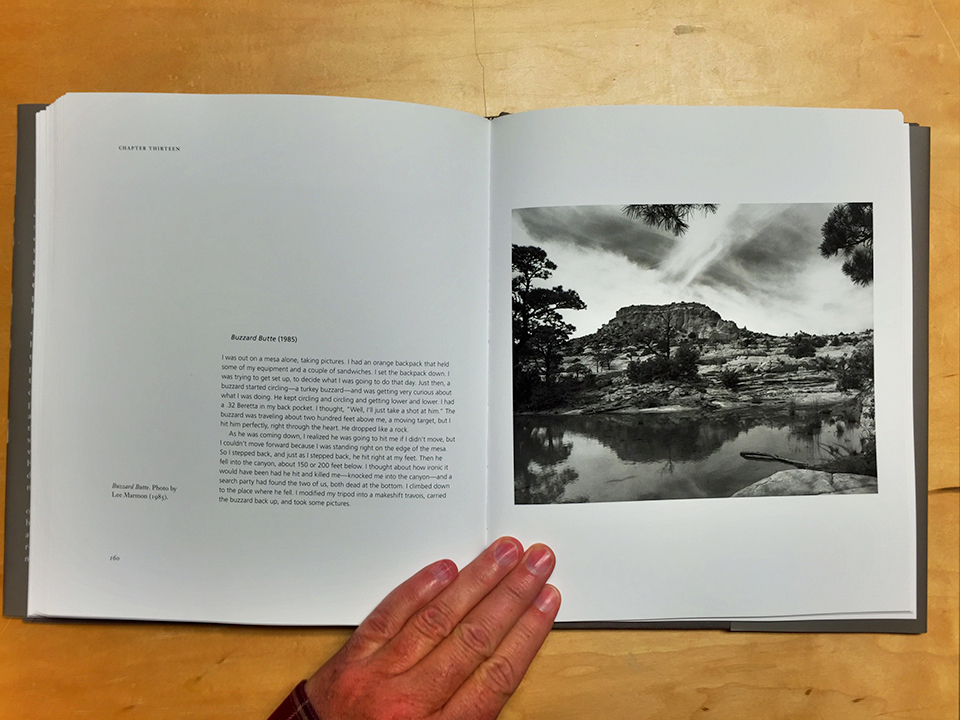BOOK REVIEW | Laguna Pueblo: A Photographic History
Laguna Pueblo: A Photographic History Lee Marmon, Photographer and Tom Corbett, Writer Published by the University of New Mexico Press, February 2015 Dimensions: approx. 8.75 x 10.25" 224 pages
I have been a big fan of Lee Marmon’s photography ever since I saw his well-known photograph White Man’s Moccasins shortly after I arrived in Santa Fe. Over the years I have become more and more enchanted by his images. When I look at them, something in the chant from the Navajo Nightway ceremonial and its most salient phrase, “It is finished in beauty” comes to mind. I sense that’s its powerful meaning resonates within his beautiful photographs.
The University of New Mexico Press has just published a collection of this distinguished American Indian photographer’s work in a book titled Laguna Pueblo: A Photographic History. This beautiful volume, printed in duotone, documents over sixty years of Laguna Pueblo history: its people, customs, and the changes in its culture. I find myself particularly drawn to his photographs of Native American dancers, beautiful images of these powerful ancient rites that seem of another time . I am quite fond too of the portraits of the old ones, the elders of Laguna Pueblo, whom Marmon photographs with dignity and grace.
Lee Marmon continues to live in his hometown of Laguna Pueblo located west of Albuquerque. His interest in photography grew while he was serving in the U.S. Army during World War II. After the war, while working at his father’s trading post, he photographed life on Laguna Pueblo as he witnessed it. The photographs are now a part of the Center for Southwest Research at the University of New Mexico.
Tom Corbett, a physician who lived and worked at Laguna Pueblo in the 1960s, ably provides archival images, historical research, and interviews with noted tribal elders and oral historians about customs and religious practices for the book. Along with Marmon’s thorough captions of the photographs, Corbett’s research and thoughtful writing provide a rich context to better appreciate the photographs and thereby Laguna Pueblo itself.
This book is a must-have for anyone interested in black-and-white photography, the American Southwest, or the history of New Mexico’s native peoples.














